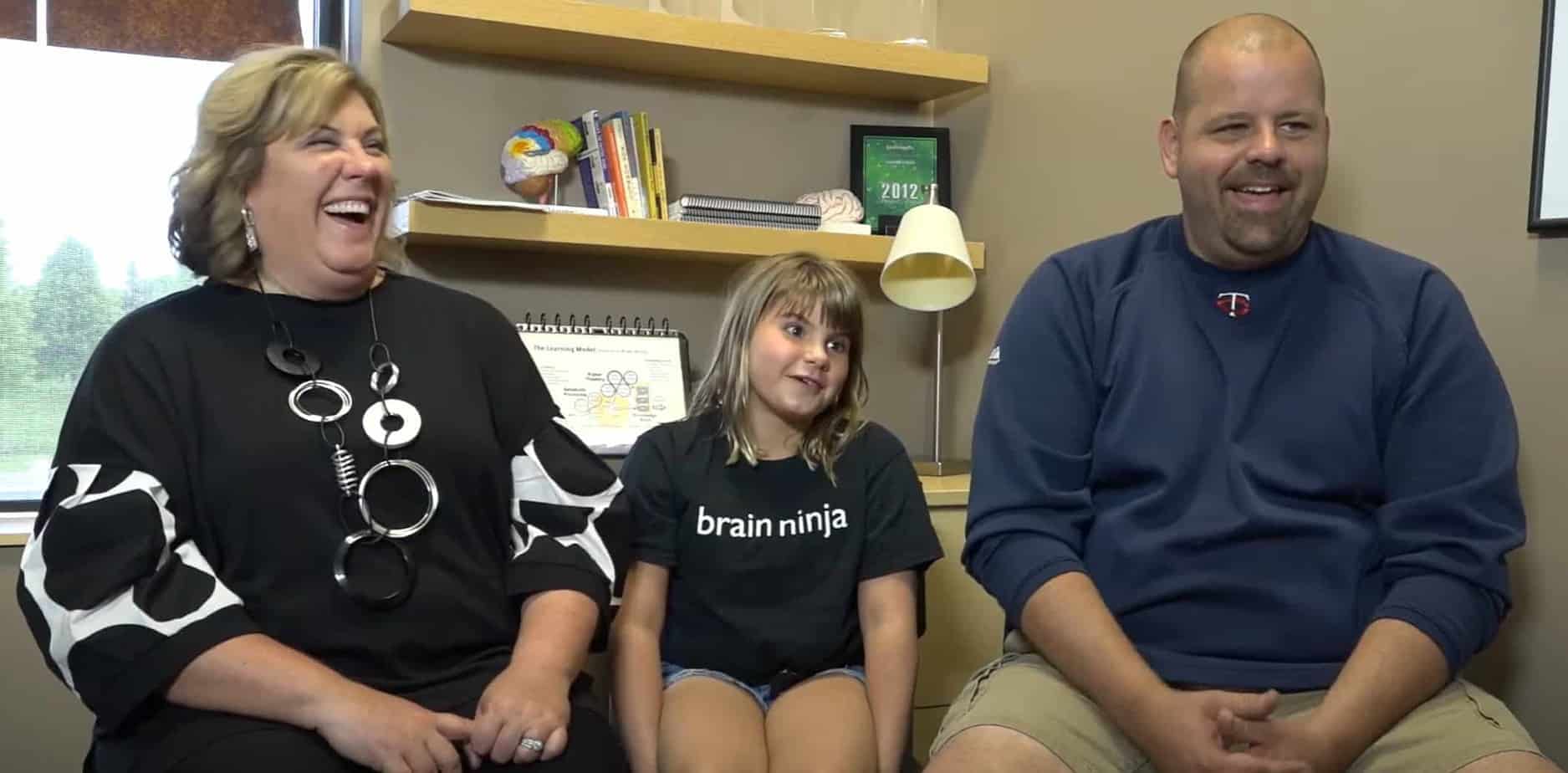School Sports: Five Myths About Concussions
Although most people have a general idea of what concussions are, there are still some myths surrounding the injury.
MYTH #1: The two most dangerous high school sports in terms of concussion rates are football and hockey. Although high school football accounts for around 250,000 concussions each year[1], the second most dangerous sport isn’t hockey; it’s girls’ soccer. Other school sports known for their concussion rates include boys’ wrestling, girls’ basketball, boys’ ice hockey, and boys’ lacrosse[2]. In addition, cheerleading has the highest rate of catastrophic injury.[3]
MYTH #2: The best predictor of post-injury symptom severity and neurocognitive deficits is loss of consciousness. On-the-field amnesia is actually the most predictive symptom, and loss of consciousness occurs in fewer than 10 percent of concussions. In terms of general concussion symptoms, watch for: headache, confusion, lightheadedness or dizziness, blurred vision or tired eyes, memory loss, ringing in the ears, bad taste in mouth, convulsions or seizures, numbness or poor coordination in limbs, fatigue or lethargy, agitation or restlessness, changes in sleep patterns, mood swings and behavior changes, and trouble with concentration, attention, or thinking.
MYTH #3: MRIs, CTs, and EEGs are the most useful tools in identifying the effects of concussion. MRIs, CTs, and EEGs are not always useful at identifying the effects of a concussion. “Concussions are usually metabolic, not structural injuries,” explains Tanya Mitchell, co-author of “Unlock the Einstein Inside; Applying New Brain Science to Wake Up the Smart in Your Child” (www.unlocktheeinsteininside.com). “Observation of symptoms is probably the best and fastest way to diagnose a concussion on the spot and in the days immediately following the injury. A cognitive skills assessment may help determine if certain skills—such as attention, working memory, and long-term memory have been affected. This is even more valuable if a cognitive baseline has been established prior to the injury so there are brain skills measurements against which to compare.”
MYTH #4: Other than rest, there’s nothing you can do to regain your brain skills after a concussion. If you know that your child has cognitive changes due to a concussion, consider personal brain training.
Also known as “cognitive skills training,” intensive, one-on-one brain training targets weak cognitive skills often associated with traumatic brain injuries.. These brain skills are what we use to focus, understand, plan, think, prioritize, remember, visualize, and solve problems.
The first step in any reputable brain training program is to perform an assessment using noninvasive cognitive tests to measure specific brain skills—like memory, logic & reasoning, processing speed, auditory and visual processing, and attention.
“When we work with athletes who have sustained a brain injury due to concussion, we often find that certain brain skills, like attention, processing speed, short-term, long-term, and/or working memory —among others— are compromised,” explains Mitchell, who is also the Vice President of Research & Development for LearningRx, a national brain training company with 80 centers across the U.S. “Once we know the weakest skills, we provide one-on-one training using intense exercises and timed drills to target those brain skills.”
MYTH 5: There’s nothing parents can do to protect their young athlete from concussions or their effects. There are plenty of things that parents (and coaches) can do to help prevent concussions and reduce the damaging effects.
- Check the condition of your child’s protective gear (helmet shells and cages for football, lacrosse, and hockey) and make sure it fits properly.
- Take your athlete to a local brain training center for an initial cognitive skills assessment to provide a unique baseline against which they can measure the results of future post-concussion tests.
- Ensure that your child’s coach is aware of—and following—the safest practices for suspected concussions (such as a required waiting period before putting a player back in the game).
- Make sure the team’s athletic trainer has a cordless screwdriver on hand during games to remove a helmet’s face mask if there’s a possible spine injury.
- Encourage your school to create or enforce rules regarding concussions. In 2010, Massachusetts enacted a rule that requires high school and middle school athletes with a suspected head injury or concussion to be removed from the game (or practice) for the entire day. They can’t return until they receive written medical authorization, and everyone (coaches, trainers, parent volunteers — even marching band directors)must participate in annual concussion training.
- Talk with your young athlete about the risks associated with concussions—especially repeated head injuries. Explain how to identify the symptoms and discuss their options to sit out during practice or a game, even if the coach doesn’t require it. Remind them that helmets don’t always prevent concussions and may even give them a false sense of security, causing them to take greater risks.
Remember, while one concussion doesn’t typically do permanent damage, repeated concussions (especially in close succession) can. There can be immediate or delayed long-term neurological impairments in memory, problem solving, processing speed, planning, and attention.
A 2011 study published in “Neurosurgery” reported that high school football players who suffered two or more concussions reported mental problems at much higher rates than other athletes, including headaches, dizziness, and sleeping issues. The authors of the study refer to these symptoms as “neural precursors.” In other words, consider yourself warned that the brain is not on a healthy track.
While most young athletes will recover from a concussion in a few days, some can have symptoms for a month or longer. A recent study found that the total score on a patient’s Post-Concussion Symptom Scale is linked to the duration of symptoms.[4] That is to say, the more severe the concussion, the longer the recovery time.
It’s unrealistic to expect active youth to be 100 percent injury-free throughout their many practices and games. But learning about prevention, symptom identification, and treatment can minimize the chance and severity of injuries. Do what you can and then encourage them to have fun! For the most part, the positives of school sports will far outweigh the risks.
[1] “The Effect of Sport Concussion on Neurocognitive Function, Self-Report Symptoms, and Postural Control”
https://www.ncbi.nlm.nih.gov/pubmed/18081367
[2] “Epidemiology of Concussions Among United States High School Athletes in 20 Sports” April 2012 issue of American Journal of Sports Medicine
[3] “Neurocognitive Testing More Accurate than Self-Reporting When Assessing Concussion Recovery in Cheerleaders”
https://www.sciencedaily.com/releases/2013/08/130808091922.htm
[4] “More Severe Concussion Symptoms Lead to Longer Recovery Time”
https://www.sciencedaily.com/releases/2013/04/130425091602.htm












